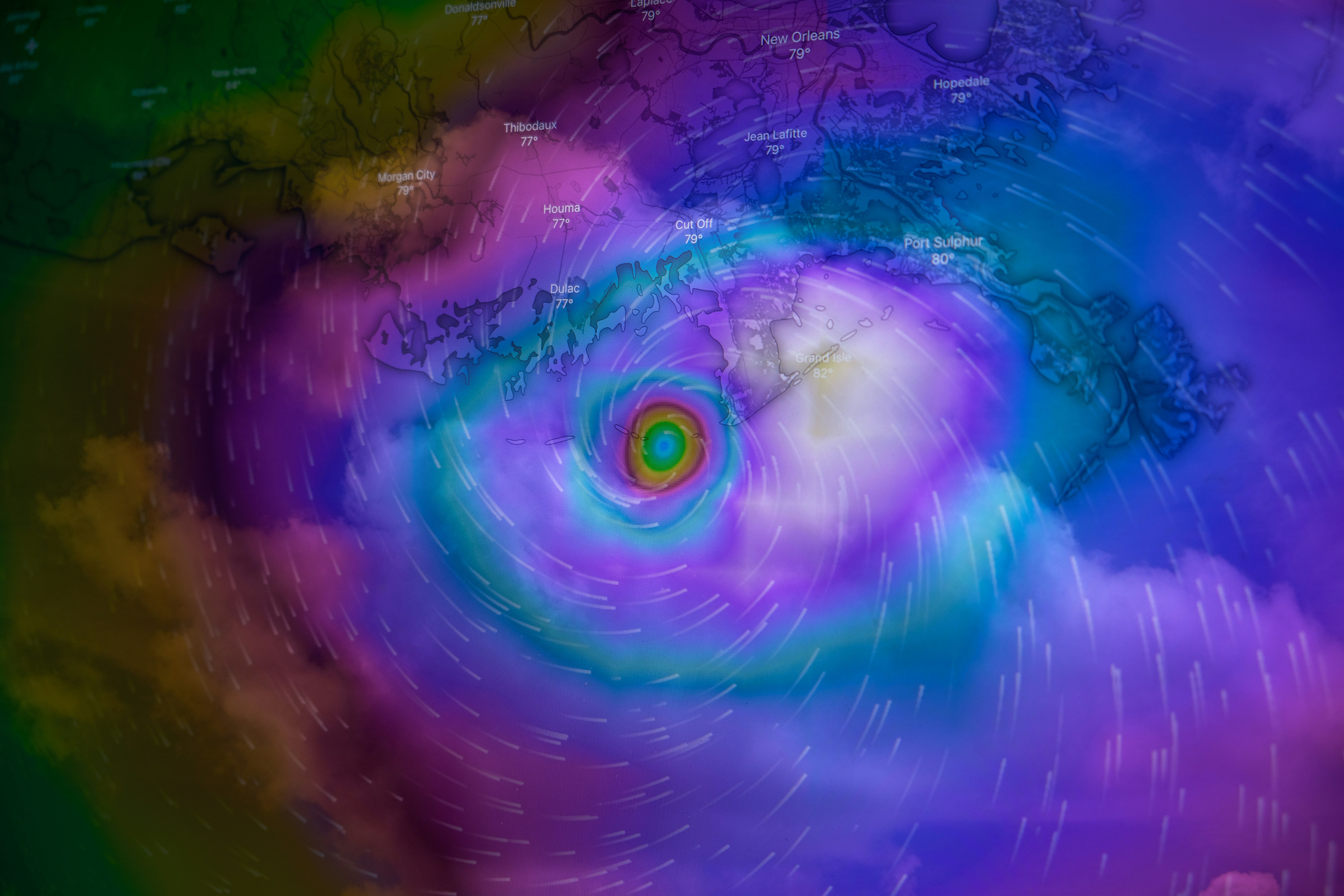Introduction: The Unyielding Threat of Hurricanes
Hurricanes present a persistent threat, especially to coastal regions. With climate change intensifying these storms, innovative solutions are essential to mitigate hurricane damage effectively. These innovative strategies and technologies not only protect lives and property but also foster a culture of preparedness and resilience.
Technological Advancements in Hurricane Prediction and Response
One of the most critical innovations in hurricane mitigation is the development of advanced predictive technologies. These technologies include artificial intelligence (AI) systems and machine learning models that enhance the accuracy of hurricane forecasts. By predicting the storm’s path and intensity with greater precision, emergency management teams can plan evacuations and deploy resources more effectively. For more on predictive modeling, visit the National Weather Service.
Drones, too, have emerged as invaluable tools in hurricane response. Their ability to swiftly assess damage, survey affected areas, and deliver supplies helps streamline relief efforts and prioritize areas needing immediate attention.
Engineering Innovations: Building for Resilience
In hurricane-prone regions, construction practices have dramatically evolved. Modern building codes integrate storm-resistant materials and designs. Innovations like hurricane ties and impact-resistant windows are now standard in new constructions. Retrofitting existing buildings with these elements significantly enhances their ability to withstand high winds and flooding.
Furthermore, architects and engineers are turning to green infrastructure to mitigate hurricane damage. Green roofs, rain gardens, and permeable pavements reduce runoff and alleviate flooding, which are common hurricane by-products. More sustainable practices in construction not only preserve ecosystems but also increase structural resilience.
Community Engagement and Education
Community engagement is paramount in creating a resilient society. Organizations like HelpNow provide essential disaster preparedness training to communities. These programs educate residents on how to protect themselves and their property during hurricanes. Explore more about our efforts on our website.
Drills and simulations also play a crucial role. By regularly practicing evacuation procedures, communities can respond swiftly and efficiently when a hurricane strikes. This preparedness reduces panic and ensures the safety of all residents, including the most vulnerable populations.
Harnessing the Power of Social Media
Social media has revolutionized communication during disasters. Platforms like Twitter and Facebook allow for real-time updates, ensuring information reaches affected communities quickly. Emergency services use these channels to disseminate vital safety instructions and status updates, contributing to more coordinated disaster responses. More about using social media in emergencies can be explored here.
Financial Preparedness and Insurance Innovations
Financial preparedness is another key component of hurricane damage mitigation. Having an emergency fund and appropriate insurance coverage can drastically reduce the financial impact of these events. Insurance companies are innovating by offering policies specifically tailored to address the unique challenges posed by hurricanes. These policies often include expedited claims processes and enhanced coverage for flood damage.
Governments and organizations are also creating funds to support communities in need post-hurricane, ensuring rapid recovery and reducing economic disruptions.
Conclusion: Embracing Innovation for a Safer Future
As hurricanes grow more frequent and intense, innovative solutions in technology, engineering, and community engagement become indispensable. By investing in these areas, we can significantly reduce the damage caused by hurricanes and safeguard our communities. For those interested in contributing to these efforts, consider supporting organizations dedicated to hurricane preparedness, such as HelpNow. Join us in our mission to foster resilient communities by visiting our Join Now page.
Building a safer future requires a collective effort, and by embracing these innovations, we can protect lives, preserve communities, and minimize the impact of hurricanes.

